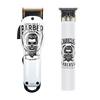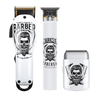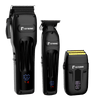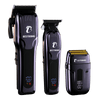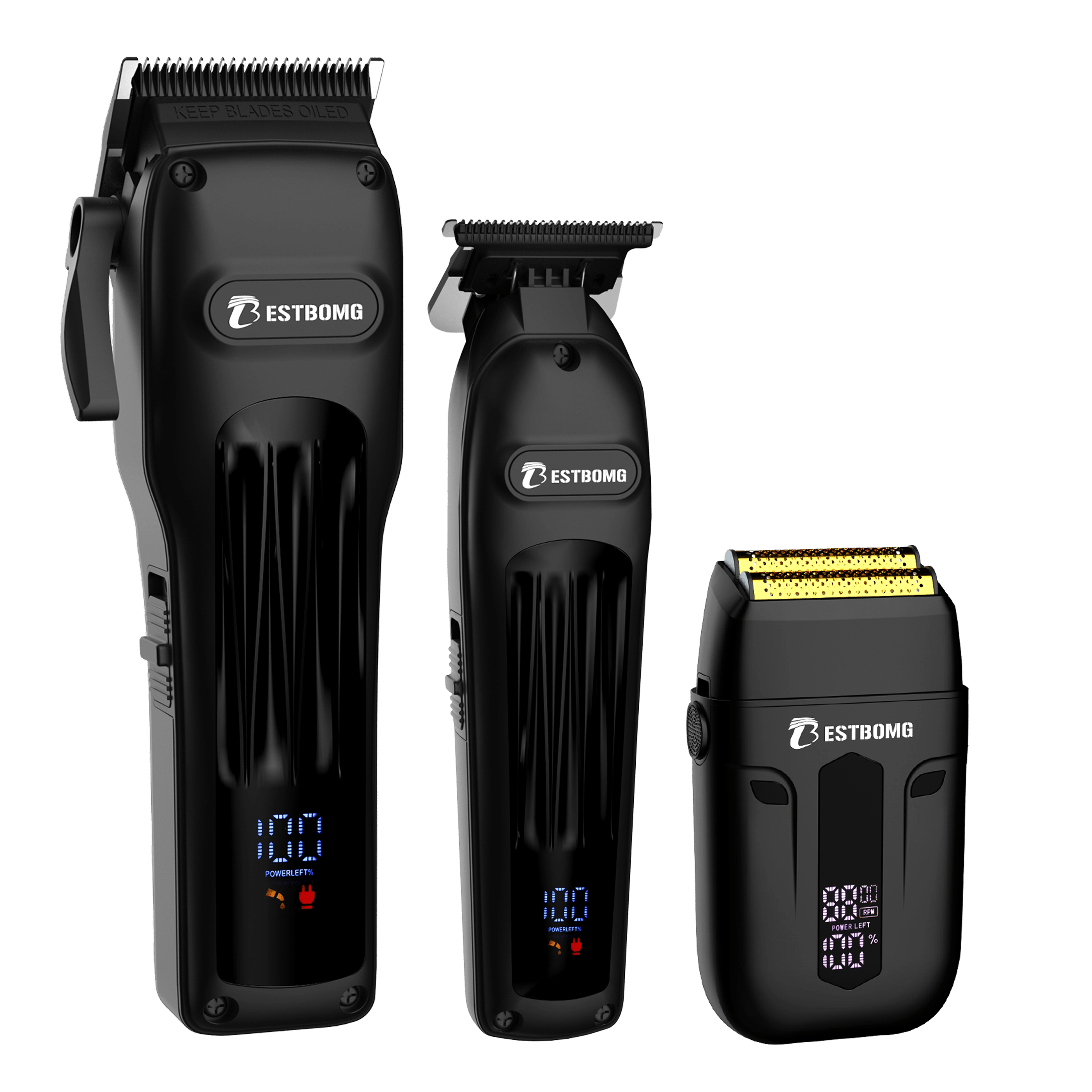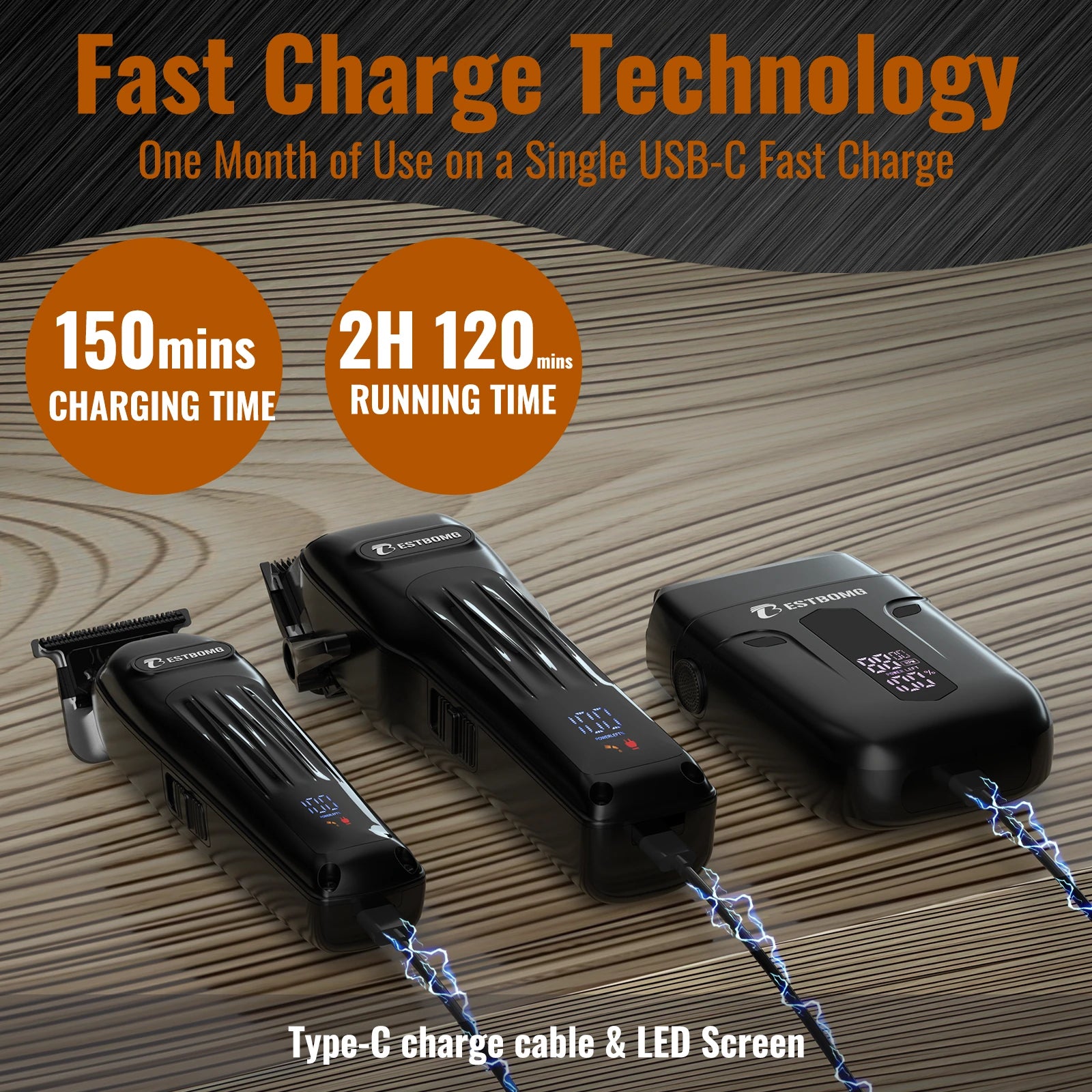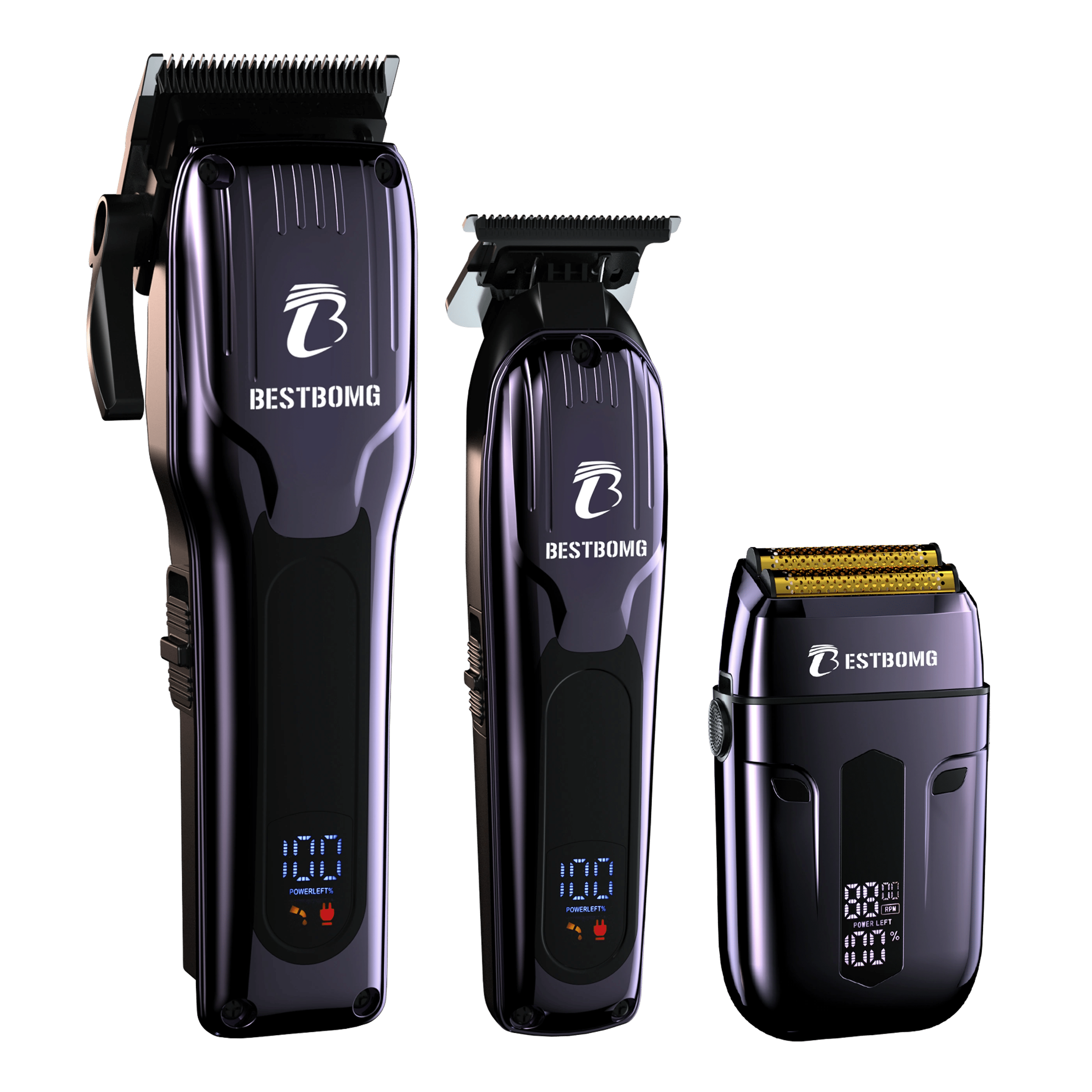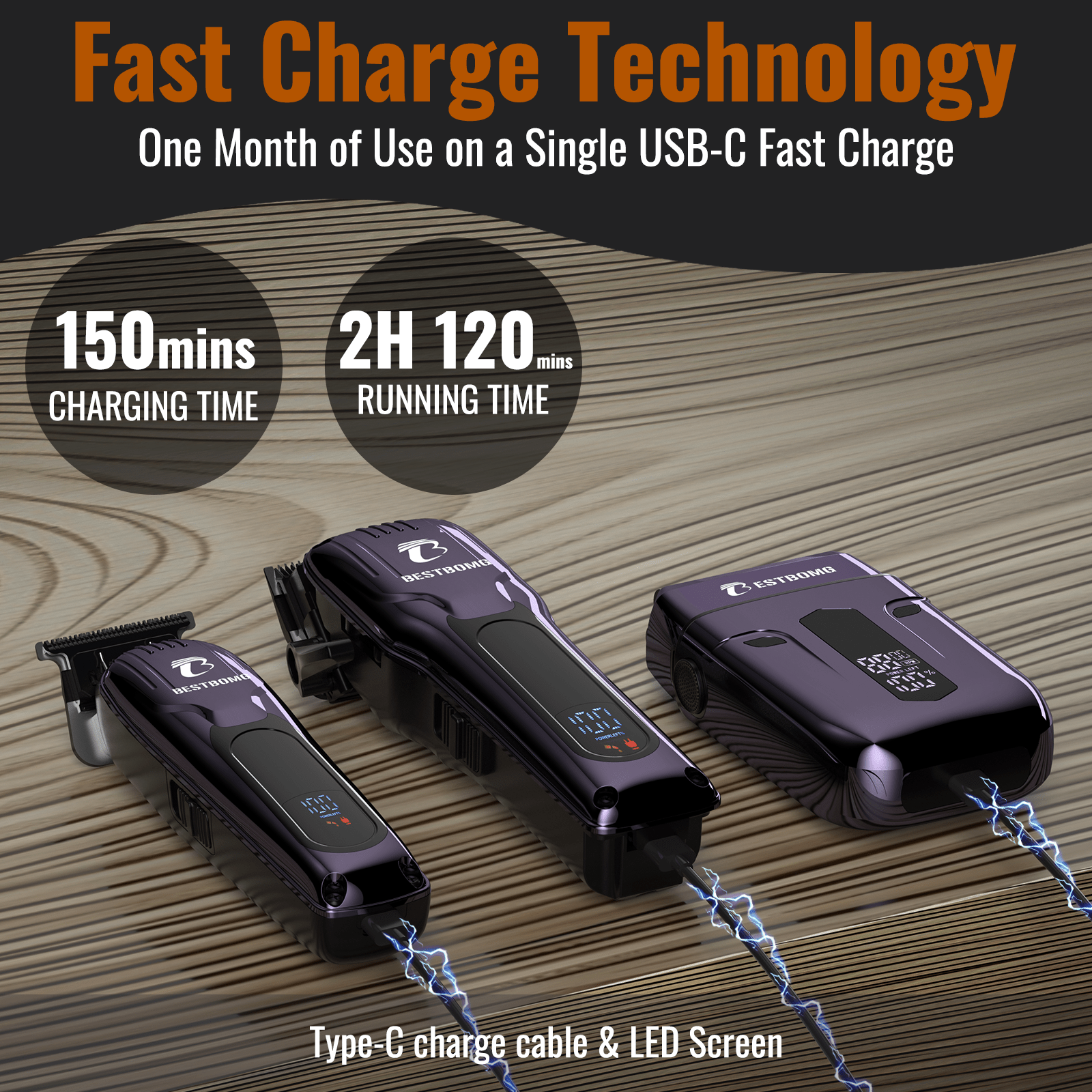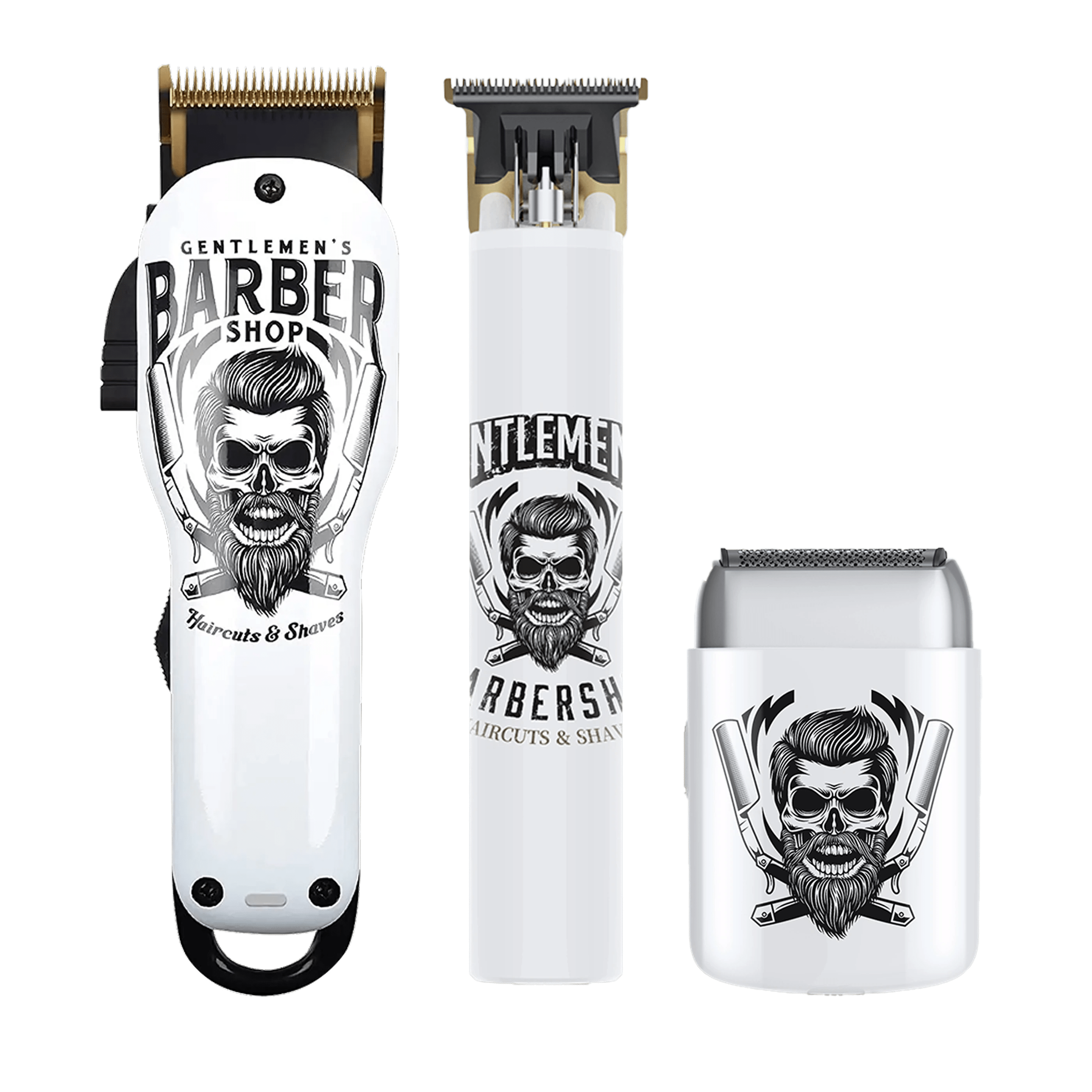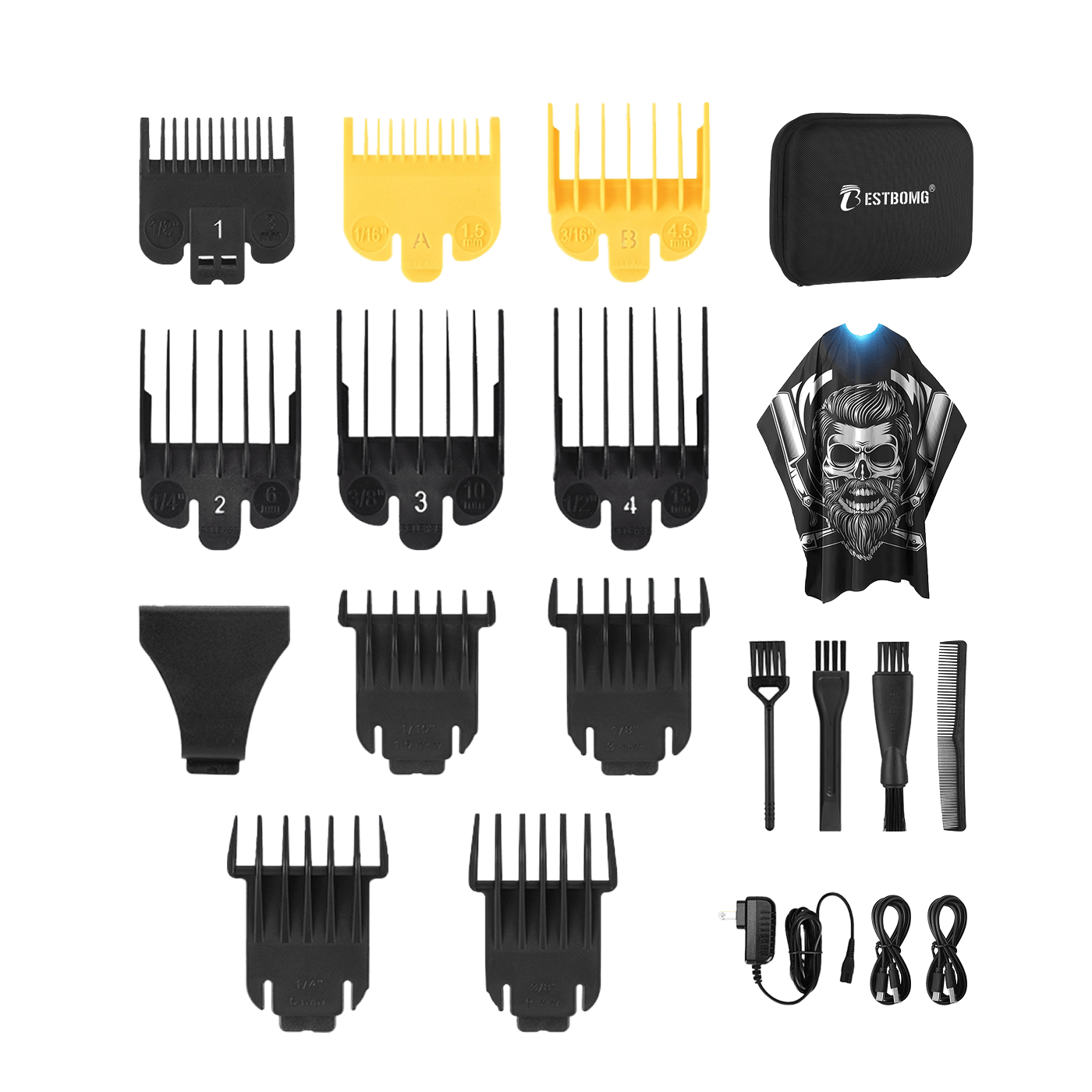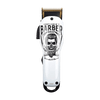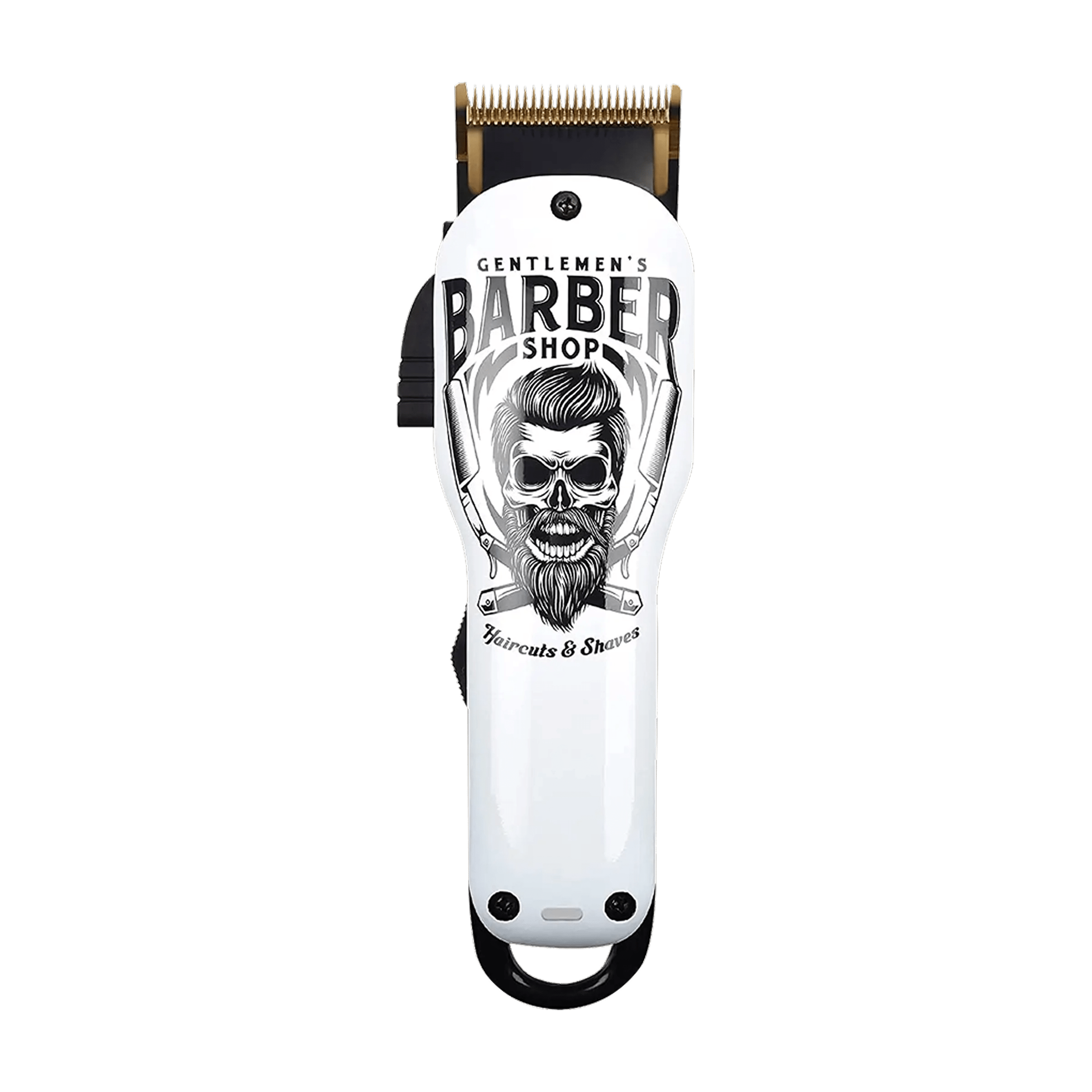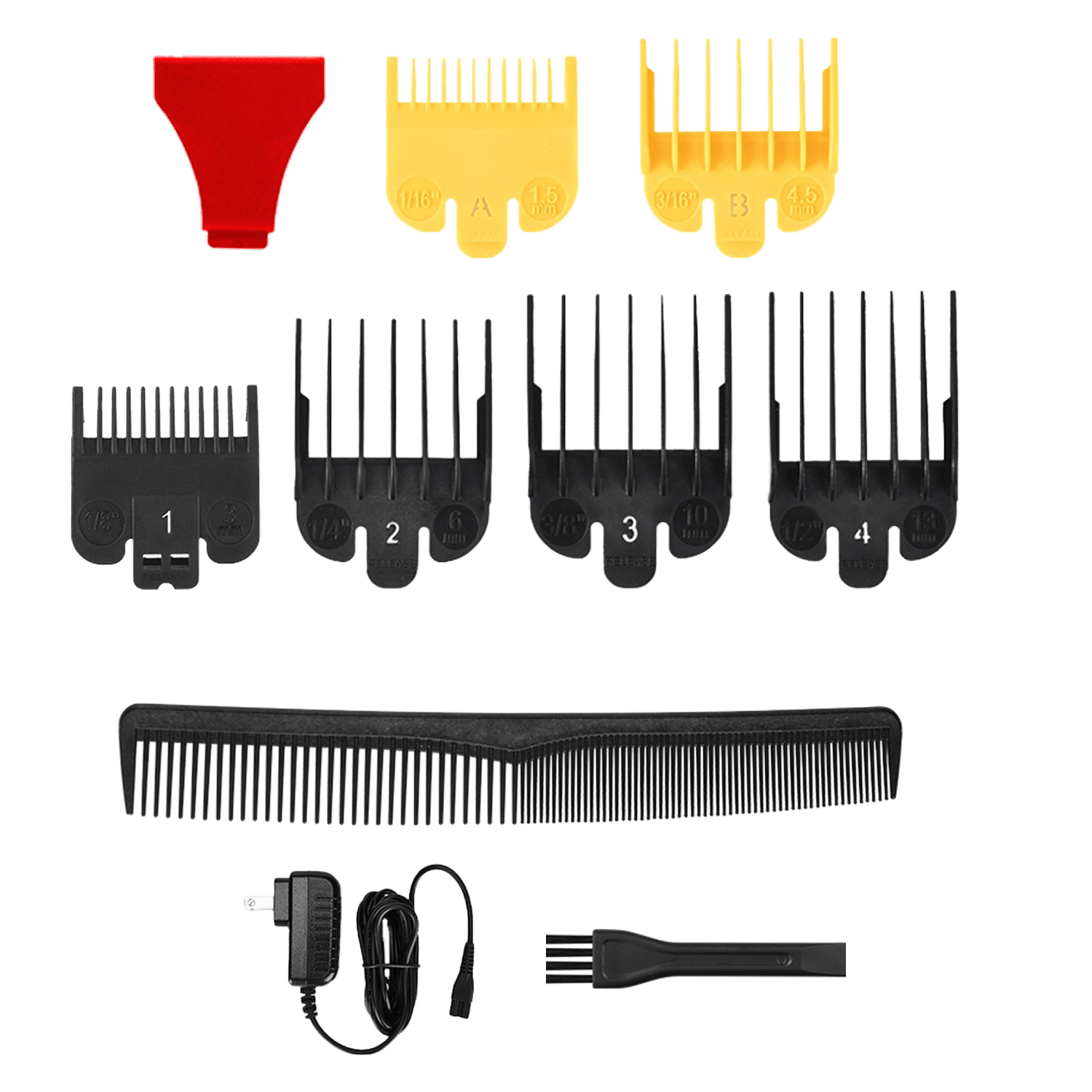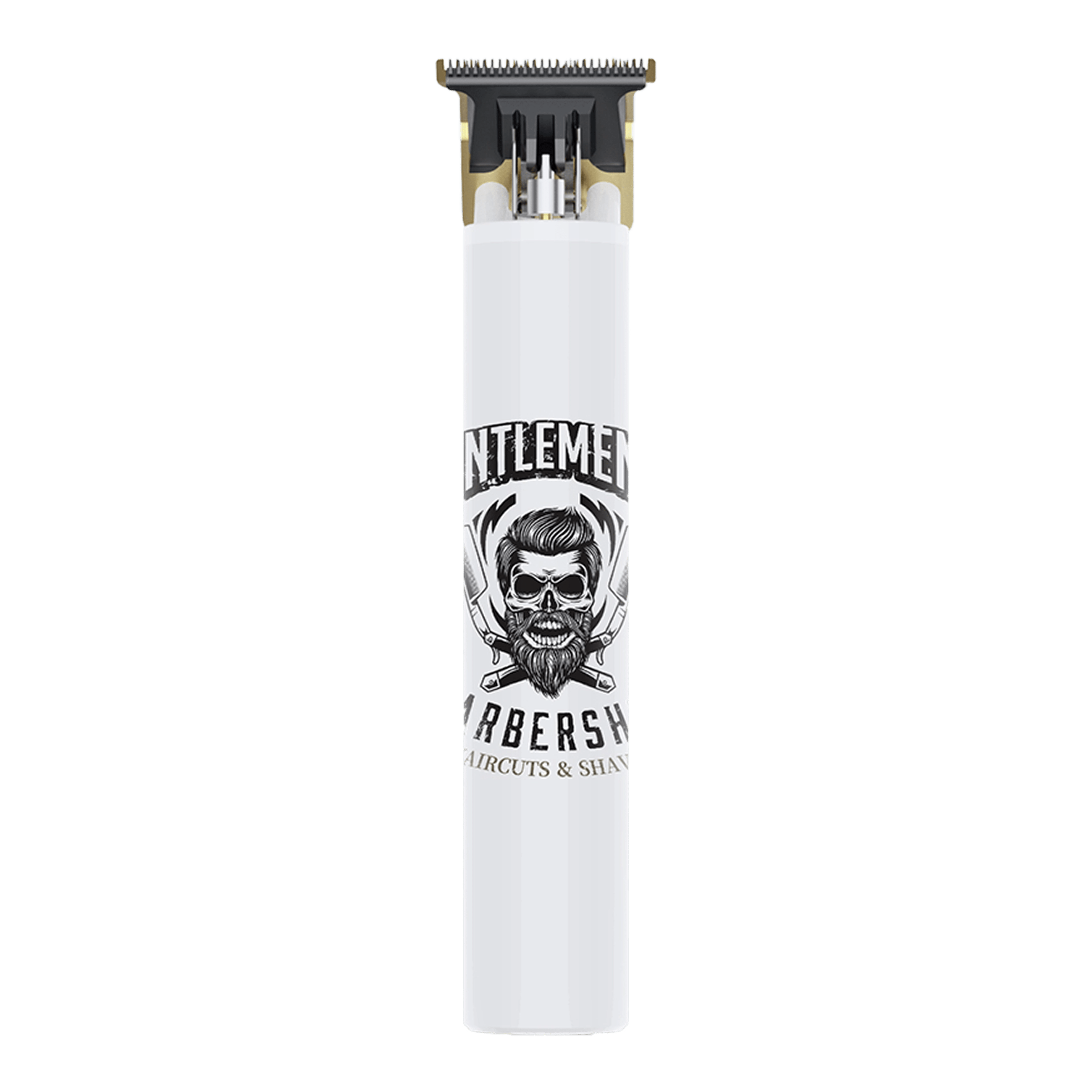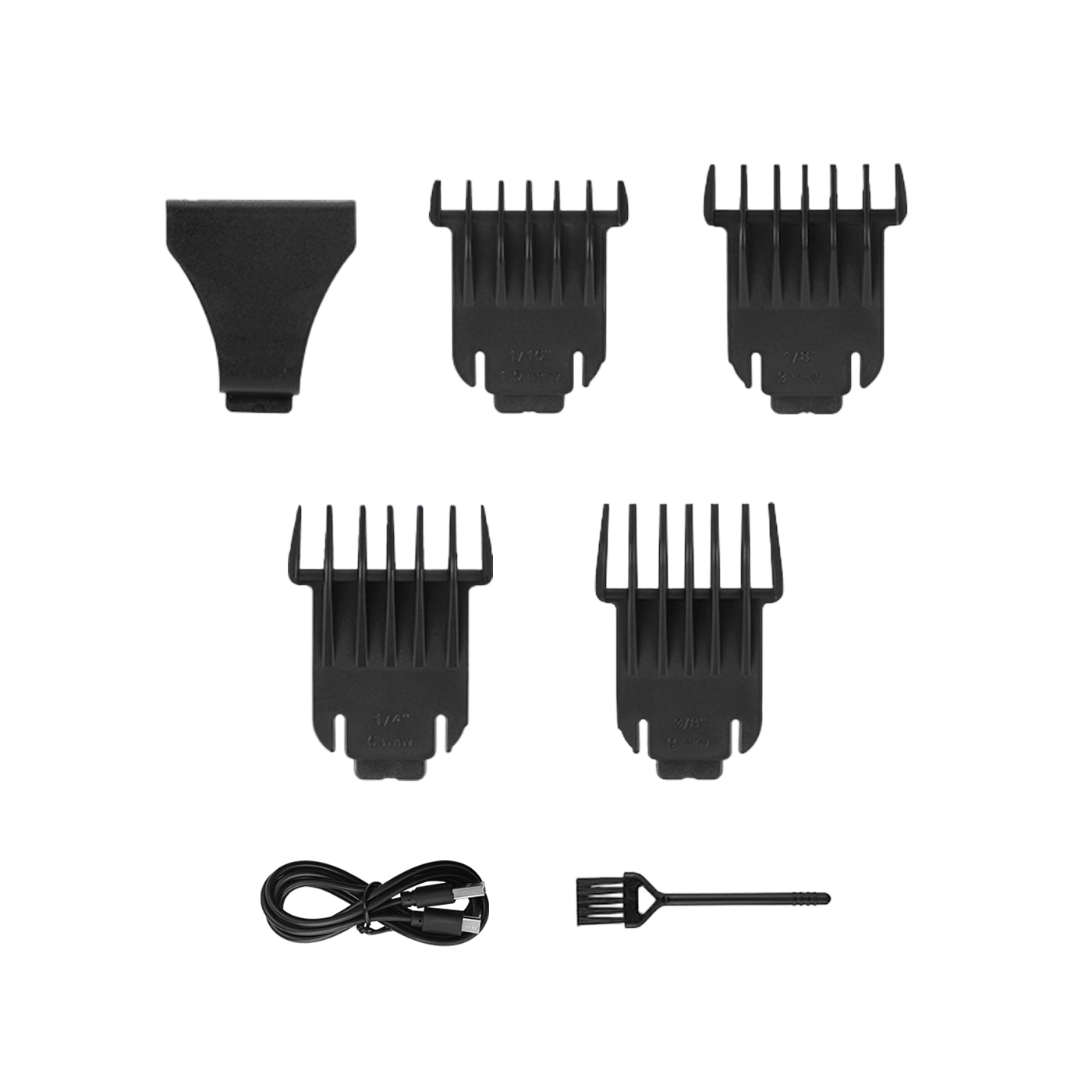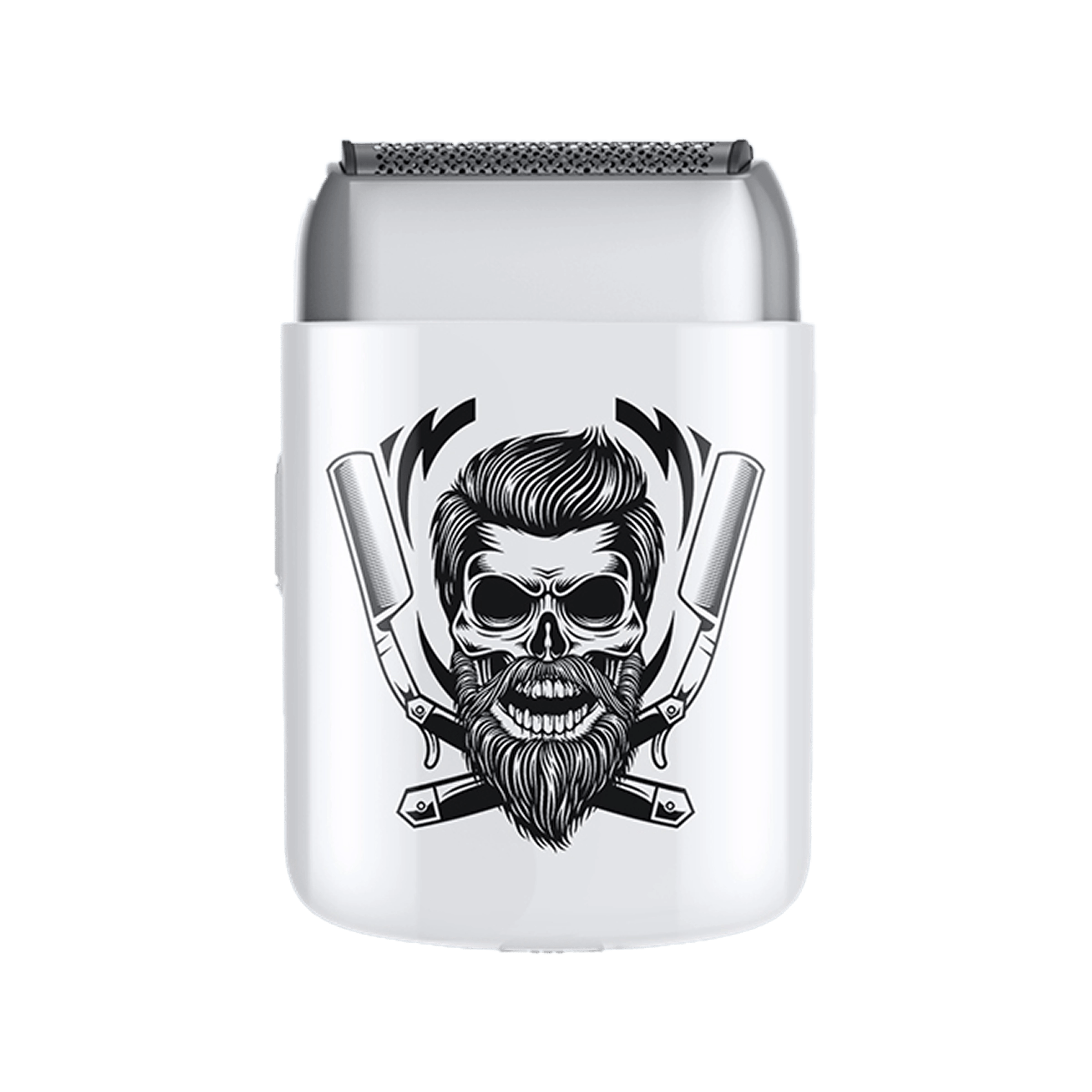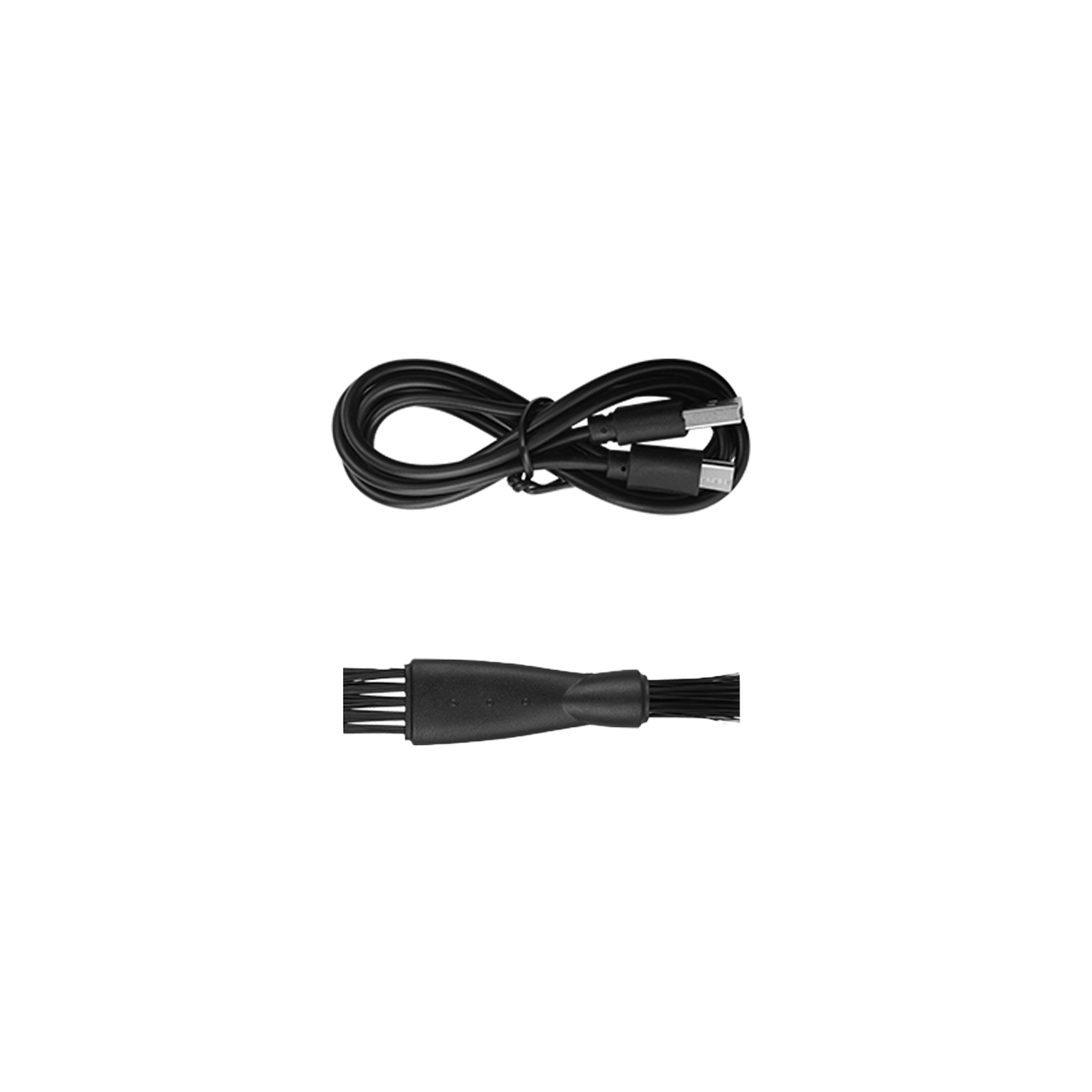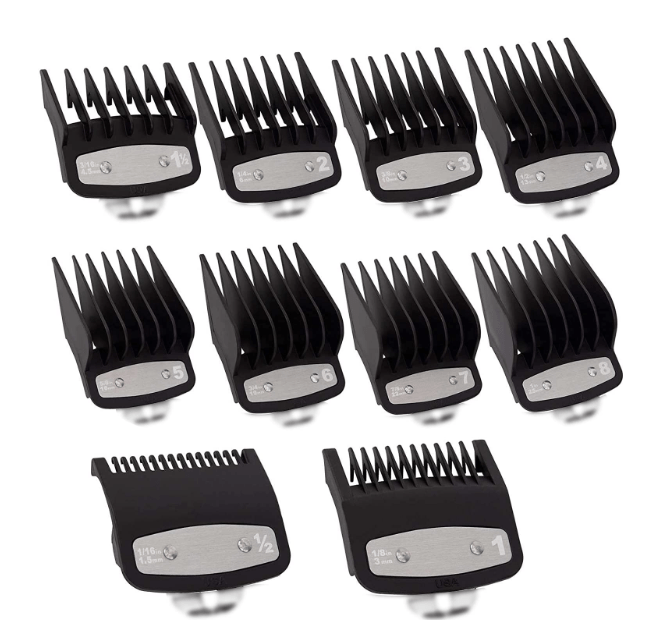Choosing the right guard takes guesswork out of haircuts. This simple guide explains hair trimmer guard sizes, shows an easy inches-to-mm chart, and helps you pick the right length for buzz cuts, crew cuts, tapers, and trims. We’ll also cover hair trimmer guard sizes in mm, half-guards, and quick tips so your results look even—every time.
What a guard does (and why numbers matter)
Clipper guards (aka guide combs) set a fixed cutting length by covering the blade with a plastic or metal comb at a known height. Guard numbers (e.g., #2, #4) map to approximate lengths. Lower number = shorter hair left; higher number = longer hair. For a quick primer on how clippers work, see this neutral overview of the hair clipper.
Hair trimmer guard sizes chart (inches ↔ mm)

Lengths vary slightly by brand and blade geometry. Use these as common industry approximations.
|
Guard # |
Inches |
Millimeters (approx.) |
Typical uses |
|
#0 (no guard, lever closed) |
~1/32″–1/16″ |
~1–1.5 mm |
Stubble/very close buzz, fade bases |
|
#0.5 |
1/16″ |
1.5 mm |
Close buzz, tight taper cleanup |
|
#1 |
1/8″ |
3 mm |
Short buzz cuts, low fades |
|
#1.5 |
3/16″ |
4.5 mm |
Blend step between #1 and #2 |
|
#2 |
1/4″ |
6 mm |
Buzz cuts, tidy sides |
|
#3 |
3/8″ |
10 mm |
Crew cuts, soft sides |
|
#4 |
1/2″ |
13 mm |
Longer crew cuts, classic trims |
|
#5 |
5/8″ |
16 mm |
Longer tapers, textured tops |
|
#6 |
3/4″ |
19 mm |
Medium-long trims |
|
#7 |
7/8″ |
22 mm |
Maintain length, scissor support |
|
#8 |
1″ |
25 mm |
Longest standard guard, tidy top |
Half-guards (like #0.5 or #1.5) are blending heroes—great for melting hard lines between steps.
How to pick the right guard (by goal)

- Even buzz cut: start #4 for safe length; drop to #3 or #2 if you want closer.
- Classic short back & sides: sides #2–#3, top #4–#6.
- Beginner fade: bottom #1, mid #2, near top #3, then blend with #1.5.
- Kids or longer trims: keep tops #6–#8, sides #3–#4 for a soft look.
Unsure? Start longer. You can always go shorter; you can’t put hair back.
Guard sizes in mm vs inches (and why they differ a bit)
Manufacturers round to friendly numbers (e.g., 1/2″ ≈ 12.7 mm → listed as 13 mm). The blade’s curvature and the taper lever also affect real-world length. That’s why two brands’ “#4” can look a hair different. If you want precision, think in mm and stick with the same brand once you like a look. For unit background: inch and millimetre.
The taper lever cheat code (micro-adjustments)
Your clipper’s taper lever fine-tunes length without changing guards:
- Lever open = slightly longer (adds ~0.5–1 mm depending on the model).
-
Lever closed = slightly shorter.
Use it to blend lines between guards or to soften heavy spots around the ridge.
When to use half-guards

If you see a visible “step” between, say, #1 and #2, pop on a #1.5 with the lever open and feather just on the line with short, flick-out strokes. Half-guards save time and keep blends velvety.
Guard materials: standard vs premium
- Standard plastic guards: light, budget-friendly, good for home use.
- Premium/magnetic guards: more rigid; they track hair better and can reduce chatter.
- Metal clip inserts: improve grip on the blade shoe and reduce pop-off during fast passes
Guard sizes vs. trimmers vs. shavers (what to grab when)
- Clipper + guards: main tool for bulk cuts and set lengths from ~1.5–25 mm.
- Beard trimmer: best for facial hair, edging, and shorter stubble control. Learn more about facial hair basics via this neutral beard overview.
- Foil/electric shaver: finishes closer than #0, ideal for bald fades and skin-close areas; see general electric shaver info.
If you’re building a starter kit, browse Hair Clippers for core tools and Hair Cutting Kits for guards, combs, and accessories in one box.
Mini how-to: use guards for clean, even results
- Start long (e.g., #4). Work against the grain, bottom to top, flicking out at the ridge.
- Step down one guard at a time to approach your target length.
- Blend the transition using half-guards and the lever open.
- Cross-check passes from a different direction to catch missed hairs.
- Clean & oil the blade every session to prevent tugging and uneven tracks. General irritation tips: see razor bumps basics.
Quick picks (Bestbomg fit, user-based)
- New to home cuts: go for an all-in-one kit so you have guards #1–#8 from day one—see Hair Cutting Kits.
- Want precision + runtime: cordless Hair Clippers with a strong motor and full guard set make blending easier and faster.
Frequently Asked Quetsions
What guard size is best for a buzz cut?
A #3 (≈10 mm) is a popular “not too short” buzz. For closer, try #2 (6 mm) or #1 (3 mm). Start longer and drop if you want tighter.
What does a #4 guard look like in mm?
A #4 guard is 1/2″, which is about 13 mm. It’s a great top length for classic crew cuts and tidy trims.
What is a 1.5 guard in mm?
#1.5 is 3/16″, roughly 4.5 mm. It’s often used as a blend step between #1 (3 mm) and #2 (6 mm).
Are guard lengths the same across brands?
They’re close but not identical. Tolerances, blade curve, and lever position can shift the true cut. If you like a length, stick to the same brand for repeatable results.
Do I need half-guards to fade?
They help a lot. Half-guards (like #0.5 and #1.5) melt hard lines quickly and make beginner fades look cleaner with fewer passes.
Conclusion + CTA
Guards turn guesswork into repeatable lengths. Use the chart above, start long, and blend with half-guards and the lever. Ready to build a reliable setup? Explore Hair Clippers or grab everything in one box with Hair Cutting Kits.
Read more
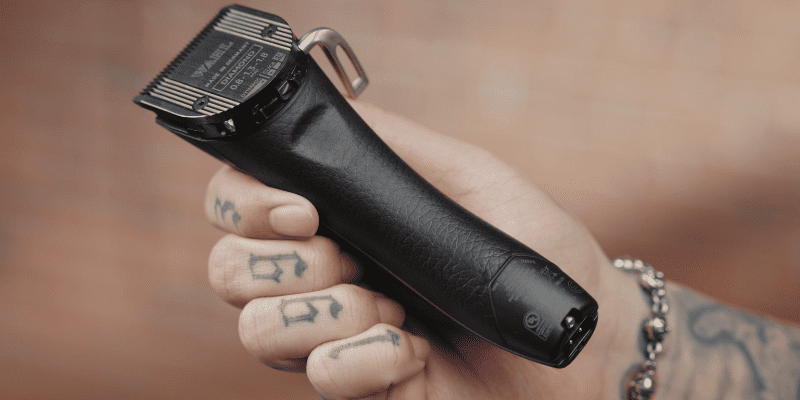
Which Detachable Blade Clippers Should I Get?
Detachable systems are the workhorses barbers grab for fast bulk removal, clean tapers, and consistent lengths. In this guide, we’ll answer which detachable blade clippers should I get? and how to ...

Stop Dog Nail Bleeding Home Remedy
If you’ve ever accidentally trimmed your dog’s nail too short, you know how startling it can be to see bleeding start. The good news? Most cases can be safely managed at home with a few simple reme...
